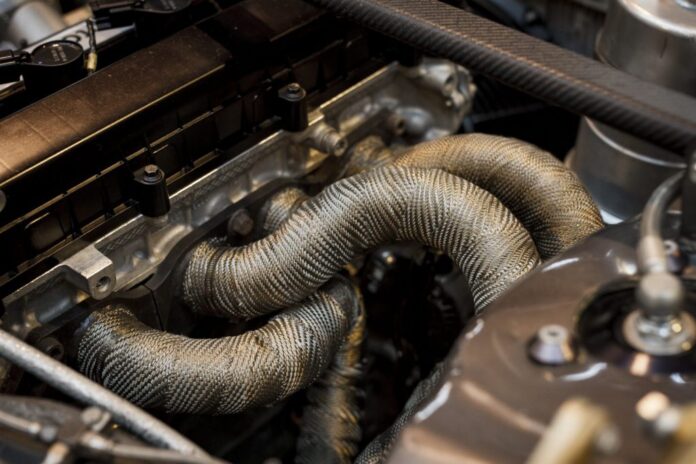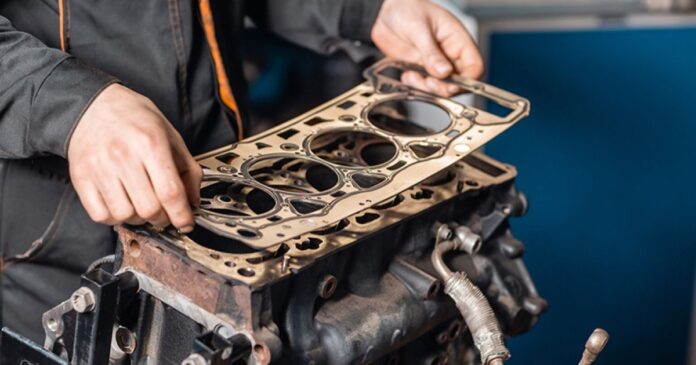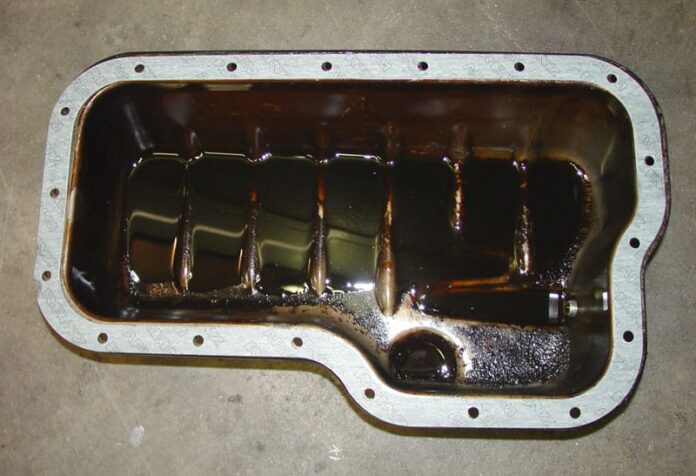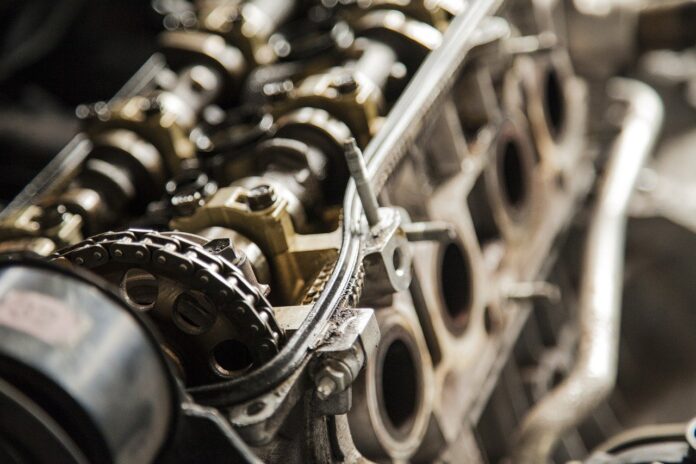
Ever wondered what makes your car accelerate quickly down the highway? Under the hood, there are several components that make your car engine run at its full potential. The performance of your cat’s engine heavily relies on the gaskets and horsepower. Gaskets may not seem useful, but they seal gaps between engine parts, enabling smooth combustion.
Likewise, horsepower measures an engine’s power and speed capacity. The perfect synergy between gaskets and the horsepower of an engine enables it to reach its full potential, unleashing maximum speed and acceleration. This article explores how these crucial components function together flawlessly, transforming your ordinary car into an extraordinary driving machine.
The Critical Role Of Gaskets In Engine Performance

Gaskets serve a vital function within automobile engines, albeit often overlooked when considering components that impact vehicular operation. Well-crafted gaskets that maintain their seal despite punishing pressures and heat are hallmarks of a high-performance automobile.
Therefore, diligent gasket maintenance and prompt replacement of cracked or blown gaskets is essential to preserve an engine’s potential. Like a heart with leaky valves, an engine with damaged gaskets will falter. In essence, gaskets act as seals between adjoining engine parts, performing several key roles:
1. Preventing Fluid And Air Leakage
Gaskets seal gaps where two metal components meet, blocking air, oil, coolant, and combustion gases from escaping. This containment enables optimal compression and circulation of liquids.
2. Insulating Engine Parts

Gaskets provide a barrier between metal components, preventing the transfer of heat and friction. This insulating property protects the engine from overheating damage.
3. Absorbing Vibration
The materials gaskets are constructed from, like rubber, paper, or cork, absorb vibration and noise that would otherwise generate wear on engine parts. This cushioning effect promotes smooth, quiet operation.
4. Withstanding Temperature And Pressure Fluctuations
Engine gaskets must maintain their seal despite exposure to extreme pressures and temperature shifts, from freezing cold to flaming hot. Durability is key.
Types Of Gaskets With Unique Purposes
While a single gasket plays a relatively minor role, collectively they enable the collaborative functioning of components that generate power, speed, and efficiency within an engine. These are the three common types of gaskets that serve unique purposes.
1. Cylinder Head Gasket

Seals the cylinder head to the engine block. This critical gasket withstands enormous pressures and heat to prevent combustion gases from leaking into coolant passages or oil galley. A blown head gasket necessitates urgent repair.
2. Intake Manifold Gasket
Seals the intake manifold where air enters the engine. This gasket prevents external air and fuel leaks while insulating the heat of the intake manifold. A manifold gasket leak can significantly impact engine performance.
3. Oil Pan Gasket

Seats between the oil pan and lower engine block. This gasket keeps oil contained in the crankcase and prevents leaks. A damaged oil pan gasket will cause oil to drip from the engine.
Understanding Horsepower To Unleash Engine’s Full Potential
Horsepower represents the measure of an engine’s capacity to generate energy and propulsive force. In basic terms, more horsepower enables greater speed and acceleration. Multiple interdependent factors influence higher horsepower. Larger displacement engines with bigger cylinders and more volume produce higher horsepower.
More horsepower results from the engine’s ability to efficiently convert the chemical energy in fuel to mechanical power. Besides, reduced internal friction via lightweight, precisely machined parts allows more power to reach the drivetrain rather than being lost to heat. Higher compression squeezes the air-fuel mixture into a smaller space, increasing combustion efficiency when ignited.
While complex intricacies influence horsepower output, an engine’s ability to quickly burn fuel and translate released energy into work. When an engine maximizes the conversion of fuel into rotational power, horsepower increases.
Increase Your Engine’s Horsepower
1. Higher Force And Acceleration

More horsepower means greater force to accelerate the vehicle to higher speeds at a quicker rate. Extra horsepower enables handling heavier loads without compromising performance. Additional horsepower shifts the vehicle’s maximum speed potential to elevated levels. Moreover, ample horsepower reserves allow confident acceleration to overtake other vehicles.
2. Smooth And Responsive Performance
Abundant horsepower delivers smooth, responsive power delivery under all driving conditions. While often used as a point of pride, horsepower has practical implications. Safety improves when sufficient power is available to rapidly accelerate and manoeuvre when necessary. Horsepower limitations become noticeable when passing, hill climbing, and carrying heavy loads.
3. Unleash the Optimal Output Of An Engine
Optimizing horsepower output requires both precise engineering and proper maintenance. Upgrading performance parts, removing restrictions in intake and exhaust, and fine-tuning the air-fuel mixture through chip tuning helps the engine realize its built-in horsepower potential. With horsepower optimized, the engine transforms from mild-mannered to beastly.
The Symbiotic Relationship

Gaskets and horsepower share a special symbiotic bond within an engine. Gaskets provide airtight seals that enable efficient compression and combustion, maximizing the horsepower generated by each explosion. Conversely, blown gaskets cause leaks that disrupt compression and waste potential horsepower.
Furthermore, robust gaskets maintain fluid circulation, temperature regulation, and lubrication, reducing friction and preserving horsepower. Greater horsepower then stresses gaskets more, pushing them to work harder to maintain their seals against intense pressures.
When gaskets seal flawlessly under high stresses and horsepower transforms combustion into pure performance, both these components function together allowing the engine to reach its ultimate potential. Regular gasket maintenance and upgrades that increase horsepower are key to maximizing an engine’s performance
Gaskets and horsepower complement one another to create an optimized and harmonious system. Promptly replacing cracked gaskets and upgrading air intakes, exhausts, ECU tuning, and camshafts to elevate horsepower pushes an engine to new heights
Conclusion
While often overlooked, gaskets and horsepower respectively serve as crucial components to achieve engine optimization. Gaskets maintain the separation of gases and fluids while horsepower governs power production. Though independent attributes, their interrelation elicits the engine’s utmost performance potential.
Gaskets operate together with your car’s engine by calibrating to extract maximum horsepower allowing you to unleash unmatched performance capabilities. Comprehending their significance and interdependence holds the key to revealing your engine’s potential while achieving its engineered apex.








